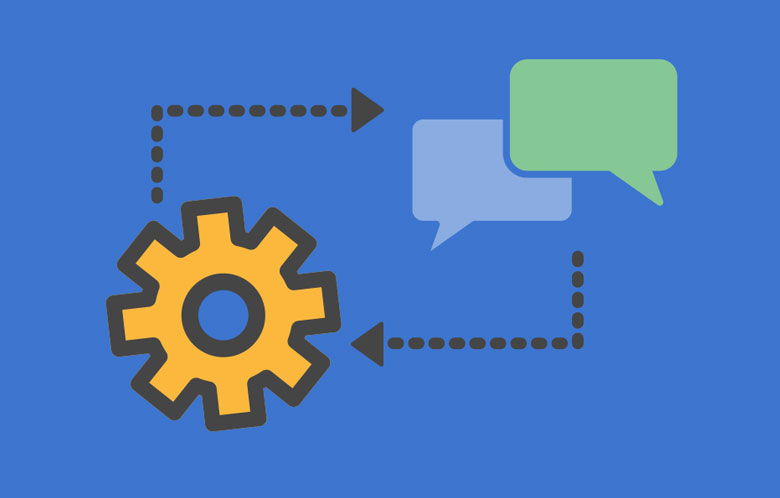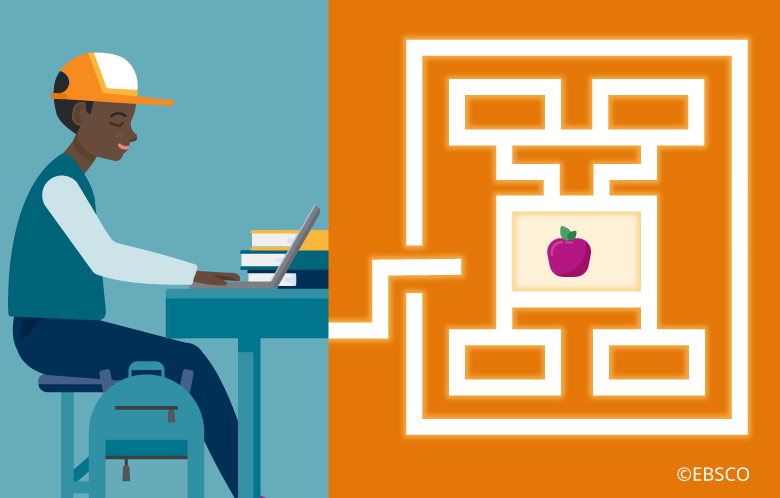In the first of a two-part EBSCOpost blog series, Brandi Young, B.S., M.L.I.S., an Integration Librarian (ILibrarian) at INFOhio, Ohio’s PreK-12 digital library, and Ashley Aldrich, B.S., M.L.I.S., a high school English teacher at Jackson High School, identify the challenges today’s social technology-savvy students experience with regard to academic technology.
We assume students are digital natives, but when it comes to tasks beyond social technology, many students lack skills. Yes, students can do anything with their smartphones. And we need to appreciate this because this generation can do and create things using technology that past generations could not. However, lacking the technology skills needed for academic work and, ultimately, on the job causes stress for both the student and the educator. The digital divide is no longer just the “haves” and “have-nots,” it also includes those who can and can’t use technology in an academic, college or career setting. So how do we bridge the gap and help students become the Digital Native 2.0?
A few of the critical barriers we see in the classroom are as follows:
- Keyboarding and mouse skills are hunt and peck. Students no longer use the “home row.” Since typing classes have been eliminated from most school curricula, students no longer get the instruction they need to type quickly and accurately. This puts them at a disadvantage and can affect their scores on statewide online assessments.
- Many students struggle with uploading attachments to emails, websites and Google Classroom. This impedes students’ abilities to turn in assignments and connect with materials and resources.
- When formatting a document, students grapple with double-spacing their paper, or even knowing what “double-spacing” means. (Students we’ve worked with have thought it meant hitting the space bar twice between words). They also are not sure how to set their margins or use function commands like bold, italics and underline.
- Students also lack the ability to transfer knowledge between different platforms, such as Google Drive and Microsoft. Even though the platforms are similar, students cannot easily shift a document between the two. We need to work to help them move seamlessly between various platforms.
- While social media is an addiction for this generation, proper email and social media etiquette has flown out the window. Many students do not know the difference between formal and informal language and when to use it. Texting and posting to social media from smartphones encourages people to dispense with correct grammar, punctuation and spelling. We’ve seen students submit papers without a single start to a sentence capitalized. Not knowing how to write an email with a proper greeting or signature also puts students at a disadvantage on the job.
- With the advent of citation generators such as EasyBib, students have an easier way to create a works cited page. However, students assume once they click “generate” that the citation is done. They need guidance to properly use these tools and how to integrate the completed citations into their papers correctly.
These are just a few of the barriers we currently see in the classroom setting. Check back with EBSCOpost next month for “Academic vs. Social Tech: Educating the Digital Native 2.0 Part Two: Strategies and Solutions.”


